
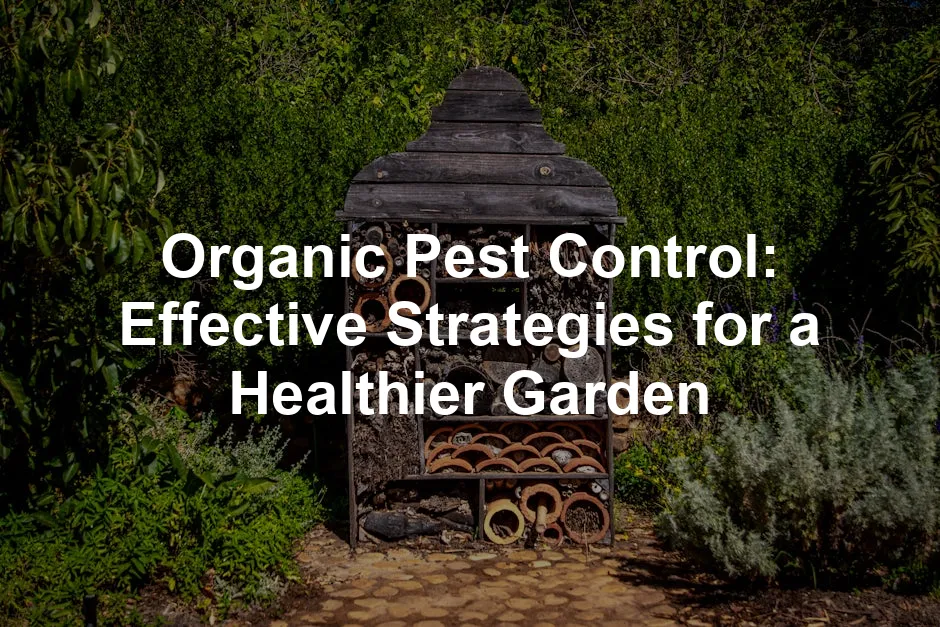
Organic Pest Control: Effective Strategies for a Healthier Garden
Introduction
Organic pest control focuses on using natural methods. These methods are crucial for sustainable gardening. More gardeners are seeking eco-friendly practices to protect their plants and the environment. By choosing organic, you contribute to a healthier ecosystem.
If you’re just starting out, check out “Organic Gardening: A Beginner’s Guide”. This book is perfect for those looking to dive into the world of organic gardening without feeling overwhelmed. It’s packed with useful tips and tricks to get you started on the right foot.
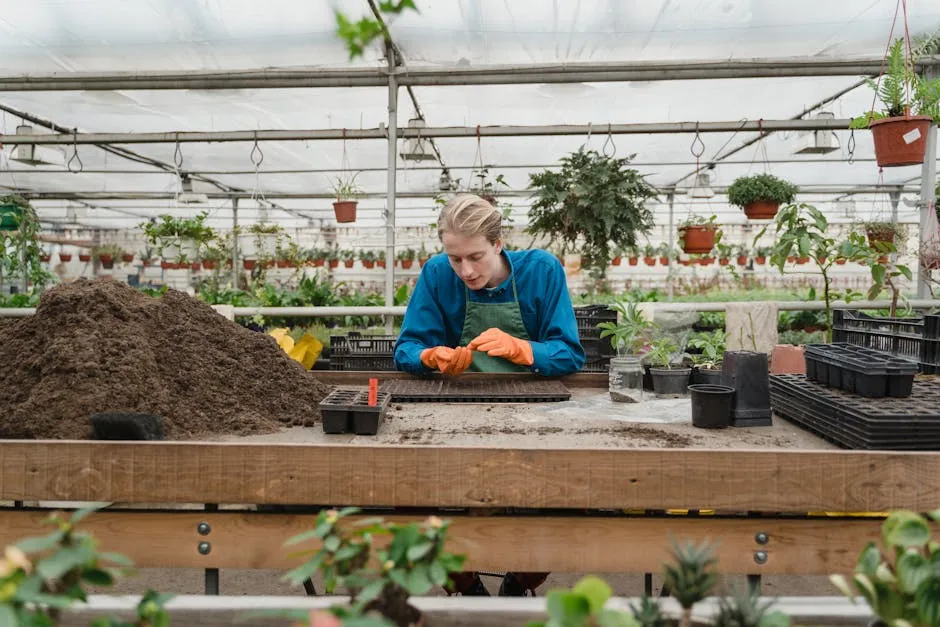
Summary and Overview
Organic pest control involves managing pests using natural techniques. It’s vital for both agriculture and home gardening, as it helps maintain a balance in the ecosystem. This approach has several benefits: it preserves beneficial insects, reduces chemical exposure, and fosters a healthier environment.
You’ll discover various strategies for organic pest control in this article. From cultural and mechanical methods to biological solutions, we’ll cover a range of techniques. Each method is designed to help you manage pests effectively while keeping your garden safe and thriving.

Understanding Organic Pest Control
Organic pest control refers to managing pests without synthetic chemicals. It emphasizes the use of natural substances and practices that promote ecological balance. Unlike conventional pest control, which relies on toxic pesticides, organic methods focus on prevention and natural deterrents.
Adopting organic practices benefits both your health and the environment. You reduce the risk of chemical exposure to yourself, your family, and pets. Additionally, organic methods support biodiversity by protecting beneficial insects and encouraging a balanced ecosystem.
In sustainable gardening, organic pest control plays a crucial role. It fosters a thriving environment where plants can grow strong and healthy. By choosing these methods, you contribute to a cleaner, greener planet while enjoying the fruits of your labor.
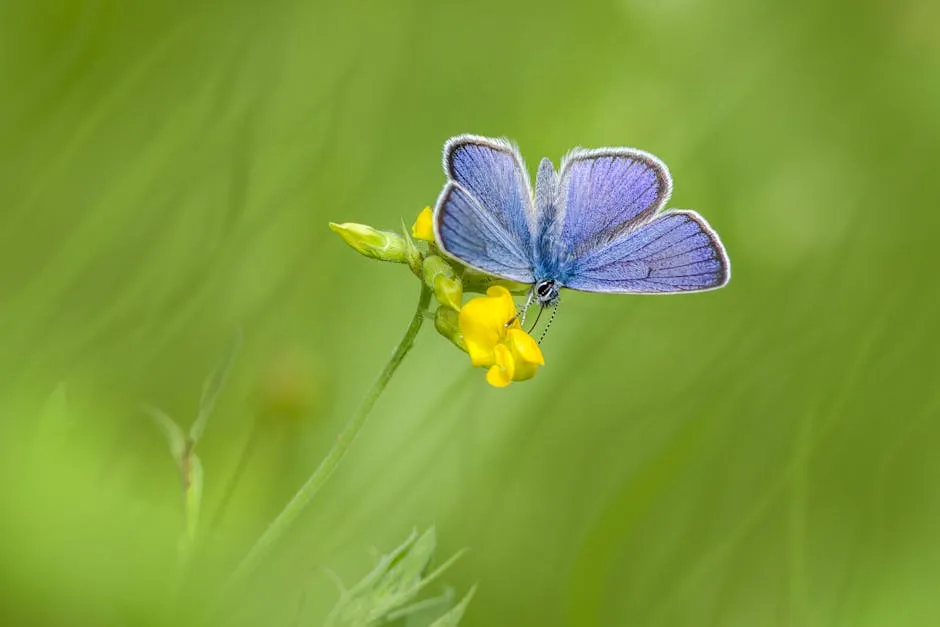
Integrated Pest Management (IPM)
Integrated Pest Management (IPM) is a holistic approach to pest control. It combines various strategies to manage pests effectively while minimizing harm to the environment. In organic gardening, IPM plays a vital role in creating healthy ecosystems.
Implementing IPM involves several key steps. First, correct identification of pests is crucial. Knowing what pests you’re dealing with helps determine the best control methods. Next, monitoring and sampling methods allow you to track pest populations. This helps you understand when to act.
Establishing damage thresholds is another critical step. This means deciding how much damage is acceptable before taking action. This prevents unnecessary treatments and protects beneficial insects. Finally, choosing appropriate control methods is essential. Options can include biological controls, mechanical methods, or organic pesticides.
The benefits of IPM are significant. It reduces reliance on chemical pesticides and fosters a balanced ecosystem. For example, introducing beneficial predators can help control pest populations naturally. Regular monitoring keeps you informed and proactive, ensuring your garden remains healthy.
Adopting IPM strategies not only protects your plants but also promotes a sustainable gardening practice. By understanding pest life cycles and their natural enemies, you can create a thriving garden environment.

Cultural Controls
Cultural control methods are proactive strategies that prevent pest problems. They focus on creating conditions that discourage pests while promoting plant health. Healthy plants are more resilient to pest attacks.
Soil management techniques are crucial for pest prevention. Healthy soil leads to vigorous plants, which can better withstand pest pressure. Practices such as composting and proper fertilization enhance soil health.
Companion planting and crop rotation also play a significant role. Certain plants can deter pests or attract beneficial insects. For instance, planting marigolds alongside vegetables can repel nematodes. Crop rotation helps break pest cycles by changing the types of plants grown in specific areas each season.
Selecting resistant plant varieties is another effective cultural control. Choosing varieties bred for pest resistance reduces the likelihood of infestations. This not only saves time and effort but also minimizes the need for pesticides.
Biodiversity is key in gardening. A diverse garden can better withstand pest pressures. By incorporating a variety of plants, you create habitats for beneficial insects and other wildlife. This balance helps maintain a healthy garden ecosystem and prevents pest outbreaks.
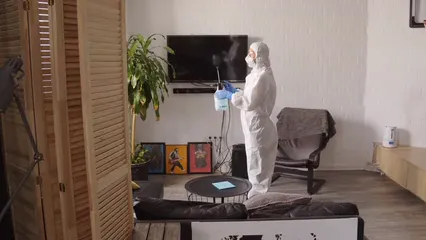
Mechanical and Physical Controls
Mechanical and physical controls are effective ways to manage pests. They focus on creating barriers or using traps to keep unwanted critters at bay. These methods can be very effective, especially when combined with vigilance in monitoring your garden.
Barriers and traps play a vital role in pest control. Row covers are a popular choice. They protect young plants from insects while allowing sunlight and moisture to reach them. Fine mesh netting is another useful barrier. It prevents small flying pests from accessing your vegetables. When setting traps, consider using sticky traps or bait traps. These capture and help monitor pest populations, allowing you to act swiftly.
Hand-picking pests can be surprisingly effective. Regularly inspect your plants and remove visible pests. This technique works well for larger insects like caterpillars and slugs. For smaller pests, use a strong jet of water to dislodge them. Staying vigilant in your efforts is crucial. Noticing problems early can prevent infestations from escalating.
Overall, mechanical and physical controls offer a proactive approach to pest management. They reduce the need for chemical applications while promoting a healthier garden environment. By using these methods, you can protect your plants and enjoy a thriving garden without harsh chemicals.
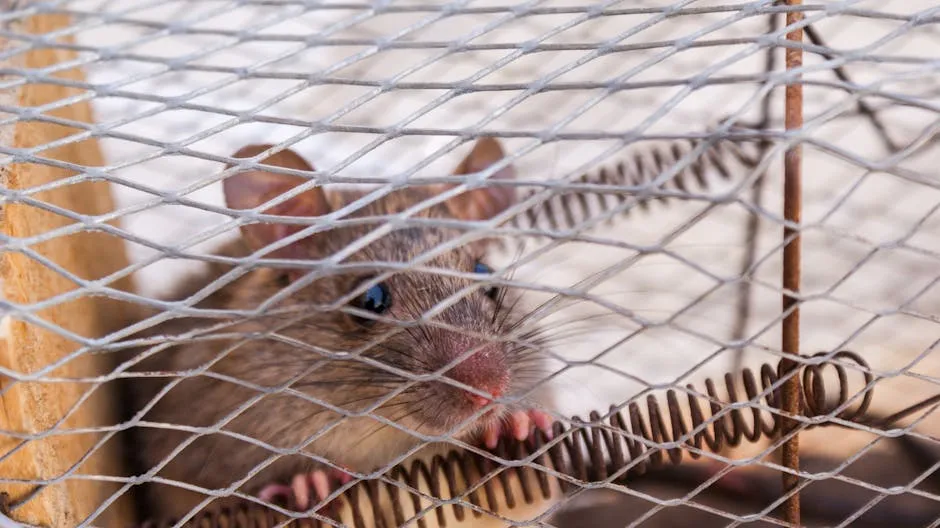
Biological Controls
Biological controls harness the power of nature to manage pests. This approach involves using beneficial organisms that naturally prey on harmful pests. Encouraging these natural predators is a sustainable way to keep your garden healthy.
Ladybugs and lacewings are excellent examples of beneficial insects. They thrive on aphids and other soft-bodied pests. You can attract them by planting flowers like dill, fennel, and marigolds. These plants provide food and shelter, creating a welcoming environment for these helpful insects.
Another effective strategy is implementing trap crops. These are specific plants that lure pests away from your main crops. For instance, planting blue Hubbard squash can attract squash vine borers, saving your other plants. This method helps divert pests and minimizes damage to your valuable crops.
Biodiversity plays a crucial role in biological controls. A diverse garden supports a variety of beneficial insects and natural predators. This balance helps maintain healthy pest populations and reduces the likelihood of outbreaks. By embracing biological controls, you foster a sustainable gardening ecosystem that thrives on nature’s balance.
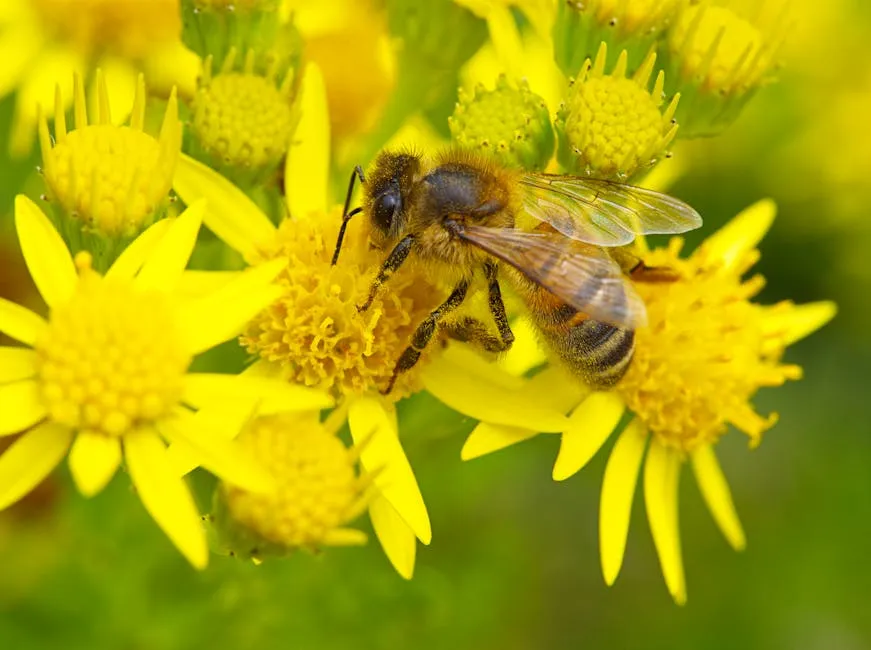
Organic Pesticides
Organic pesticides are natural solutions used to control pests. They’re a great alternative to synthetic chemicals. These products work effectively while being safer for the environment. If you’re looking for something to tackle those pesky invaders, consider Neem Oil. This 100% pure cold-pressed oil is renowned for disrupting insect growth and is a must-have for any organic gardener.
There are several types of organic pesticides. Neem oil is popular for its ability to disrupt insect growth. Insecticidal soap is another effective choice. It targets soft-bodied pests like aphids and spider mites. Other options include diatomaceous earth and garlic spray, which deter various insects.
Timing is crucial when using organic pesticides. Apply them early in the morning or late in the evening. This reduces the risk of harming beneficial insects. Always read the label for specific instructions on application and frequency.
To minimize harm to good bugs, target applications are essential. Use precision when spraying to avoid drift. Focus on infested areas rather than treating entire plants. This method helps protect beneficial insects that contribute to pest control naturally.
Safety precautions are vital when dealing with any pesticide. Always wear gloves and a mask during application. Ensure proper ventilation if using sprays indoors. This protects both you and the environment from potential harm.
Using organic pesticides responsibly supports healthier gardening practices. They help maintain a balanced ecosystem while effectively managing pest populations. If you’re serious about your garden, consider investing in an Handheld Garden Sprayer for easy application of these natural solutions.

DIY Organic Pest Control Methods
DIY organic pest control methods offer simple and effective solutions. Many common household ingredients can repel or eliminate pests without harmful chemicals.
Garlic is a powerful natural deterrent. Crushing cloves and mixing them with water creates a potent spray. Vinegar is another effective option. A mixture of equal parts vinegar and water can repel ants and spiders. Essential oils like peppermint and tea tree oil also work wonders against various pests.
Creating homemade pest sprays is easy. For a basic insecticidal soap, mix liquid soap with water. A typical recipe includes two tablespoons of soap in a quart of water. Shake well and spray directly on pests. This mixture suffocates insects while being safe for plants.
Application methods are straightforward. Use spray bottles for easy targeting. Apply the solutions early in the morning or late in the evening to avoid harming beneficial insects. Always test sprays on a small plant area first to ensure there’s no adverse reaction.
While DIY methods are effective, safety should always come first. Ensure that any mixture is kept out of reach of children and pets. Additionally, monitor the garden for any allergic reactions in your plants.
Incorporating these natural remedies not only helps control pests but also promotes a safer gardening environment. By using what you have at home, you can effectively manage pests while being kind to the planet.
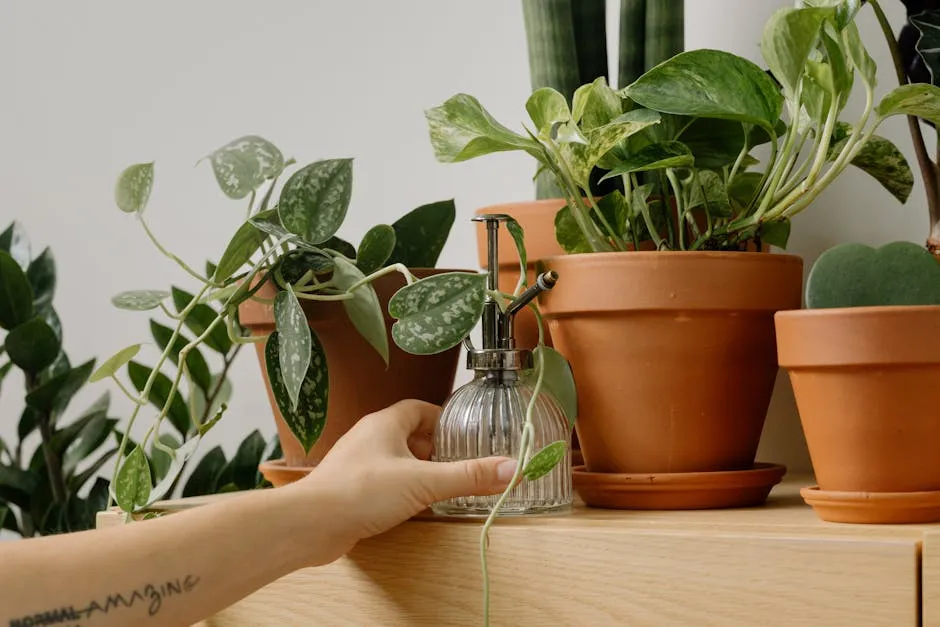
Conclusion
Organic pest control methods are essential for healthier gardening. They promote a balanced ecosystem while protecting your plants from harmful pests. By choosing organic strategies, you reduce chemical exposure and support biodiversity.
Adopting these methods leads to stronger plants and healthier soil. You’ll create a thriving garden environment that benefits both you and the planet. Embrace organic pest control for a sustainable approach to gardening. Your efforts contribute to a cleaner, greener future. Let’s keep our gardens healthy and eco-friendly!
If you want to keep track of your gardening journey, consider using a Plant Care Journal. It’s a great way to document your growth, literally and figuratively!

FAQs
What is organic pest control?
Organic pest control focuses on using natural methods to manage pests. These methods include biological controls, cultural practices, and organic pesticides. The benefits of organic pest control include protecting beneficial insects, reducing chemical exposure, and promoting a healthier garden ecosystem.
How can I prevent pests in my garden organically?
Pest prevention can be achieved through various organic methods. These include crop rotation, companion planting, and maintaining healthy soil. Implementing these gardening tips helps keep your plants strong and less susceptible to pest infestations.
Are organic pesticides safe for pets and children?
Yes, organic pesticides are generally safe for pets and children. They are derived from natural ingredients and designed to minimize harmful effects. However, it’s always wise to follow safety guidelines and keep products out of reach.
What are some effective natural pest control methods?
Natural pest control methods include using beneficial insects like ladybugs, trap crops, and homemade sprays. Effective methods also involve barriers, such as row covers, and using household ingredients like garlic and vinegar as home remedies.
How does Integrated Pest Management (IPM) work?
Integrated Pest Management (IPM) combines various pest control strategies. It involves identifying pests, monitoring populations, and establishing damage thresholds. IPM promotes sustainable pest control by using a mix of biological, cultural, and mechanical methods while minimizing chemical use.
Please let us know what you think about our content by leaving a comment down below!
Thank you for reading till here 🙂
All images from Pexels



